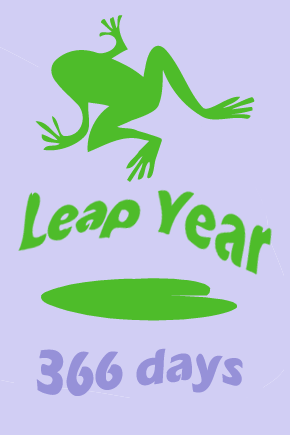Leap Year has 366 days instead of 365.
Lisa Gardiner/Windows to the Universe
Leap Year: What is it and when does it happen?
Do you have a calendar at home? Does it show the months of the year, the days, and weeks? The calendar used in most parts of the world today is called the Gregorian calendar. It has 365 days in most years. But years are actually a little bit longer than 365 days. There is about a quarter of an extra day that is not on the calendar. So, about every four years we have a year with 366 days to make up for this. This year with an extra day is called leap year. The extra day is added to February so that it has 29 days instead of the usual 28 days.
It is actually a bit more complex than every four years. In fact, the extra day is added to every year that can be evenly divided by the number four unless that year can also be evenly divided by 100, in which case it is only a leap year if it can also be evenly divided by 400.
Let’s think about what that means for a few recent years:
The year 2008 is evenly divisible by 4
2008/4=502
So it is a leap year.
The year 2006 is not evenly divisible by 4.
2006/4=501.5
So it was not a leap year.
The year 2000 is evenly divisible by 4.
2000/4 = 500
But it is also divisible by 100.
2000/100=200
Is it also divisible by 400? Yes it is!
2000/400=5
So the year 2000 was a leap year.
Last modified January 18, 2008 by Lisa Gardiner.
You might also be interested in:
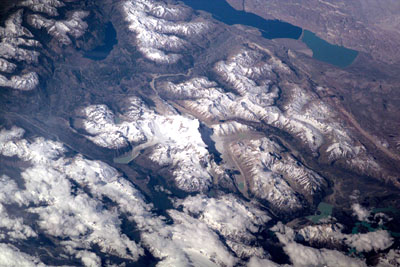
This picture was taken from high above our planet. Looking at the Earth from very far away like this we can see that some parts of our planet look light in color, and some parts look dark. The color of
...more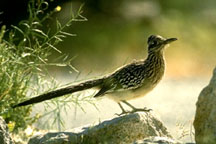
Did you know that many species of birds live in the desert? You have probably heard of the roadrunner or seen the cartoon. The roadrunner is a real bird that lives in the desert! It prefers to run rather
...more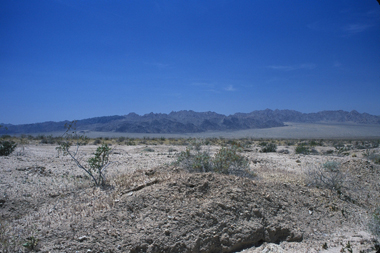
Deserts are very hot and dry places. Deserts get very little rain each year. So how do plants and animals live here? This section on the desert ecosystem will explain how! Do you know what a desert looks
...more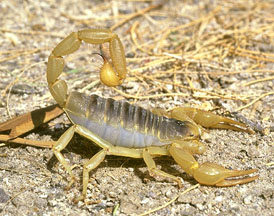
There are all kinds of insects in the desert! Some of them cause a lot of problems. The locusts fly from place to place, eating all the plants they see. But not all desert bugs are bad. There isn't a
...more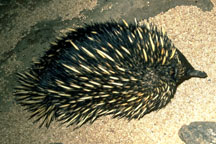
There are many species of mammals in the desert! Many of them dig holes in the ground to live in. These holes are called burrows. Rats and hamsters live in burrows. Bigger mammals, like the wild horse,
...more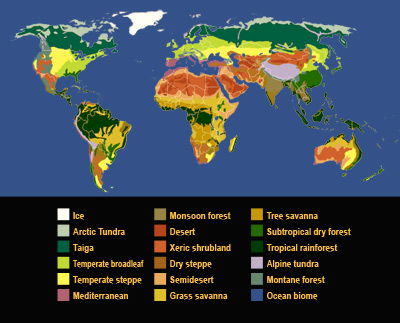
Biomes are large areas of the world where there are similar plants, animals, and other living things. The living things are adapted to the climate. Explore the links below to learn more about different
...more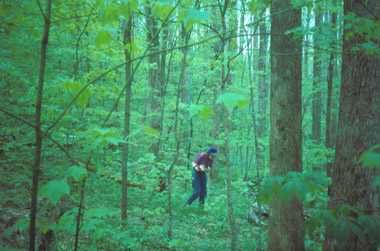
Temperate forests are found all over the world, but they are not all the same. Some forests have trees that lose their leaves in the winter. These trees are called deciduous. Other forests have trees that
...more
